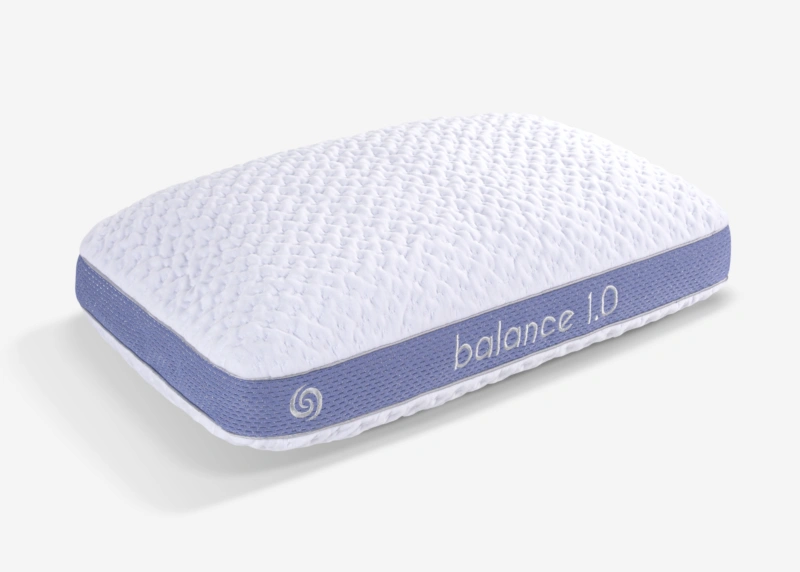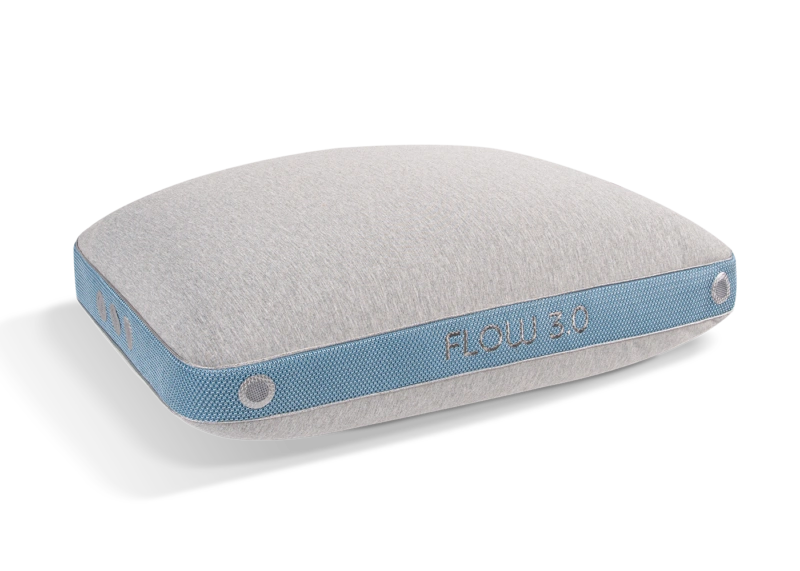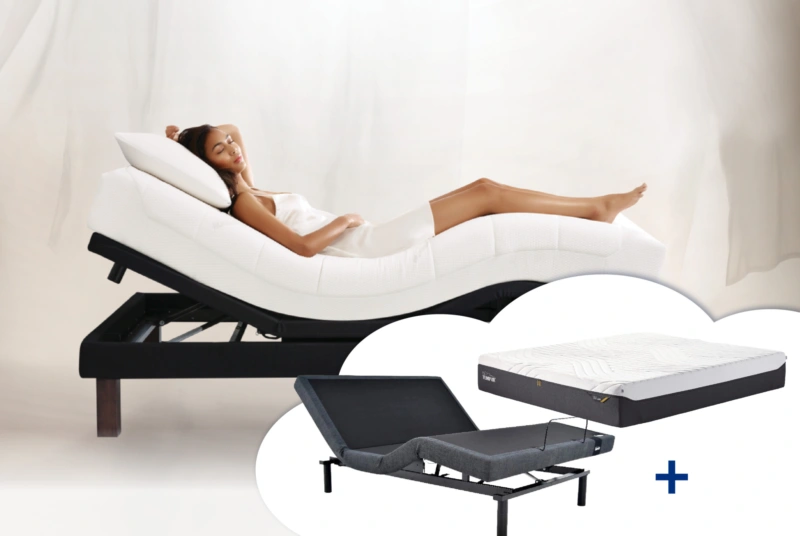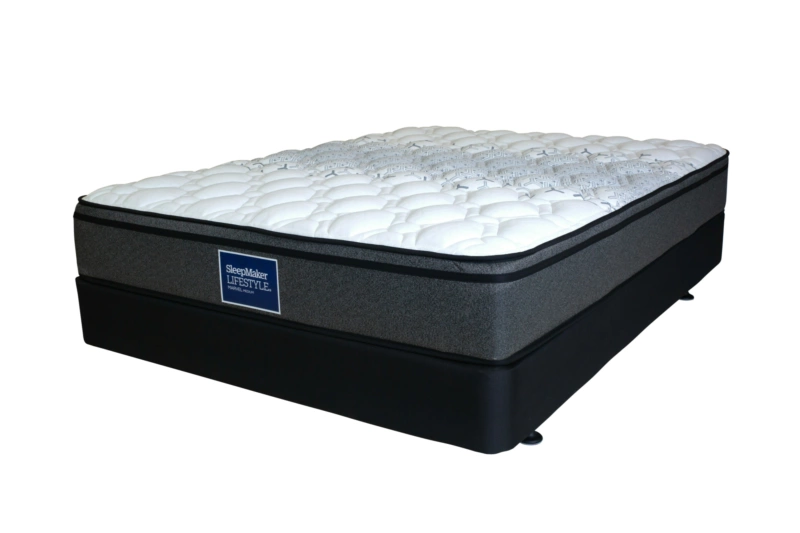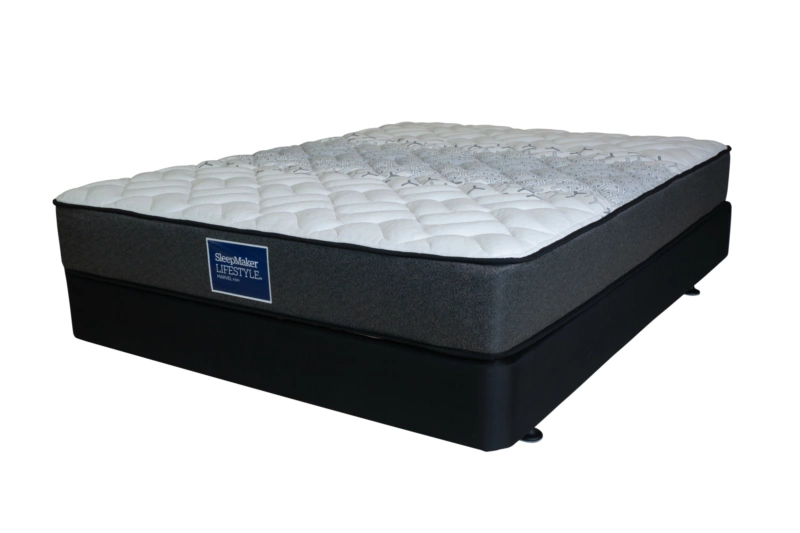
Scan the Pinterest boards and interior décor magazines for kids’ bedrooms and it’s clear that there are some pretty smart and playful choices when it comes to choosing a bed that fulfils a youngster’s dreams.
But whether you go with a superhero theme or a fairytale princess’s castle, there’s still one fundamental choice that you have to make first: bunks or singles?
Wellington Bedpost store owner Tim Chai says there’s a wide range of factors to consider when choosing a bed for a child, from the practicalities about how to shop for their bed to the checklist of things they should consider before visiting a Bedpost store.
“Because getting the right amount of healthy sleep is one of the most important things for a growing child, I’m finding that generally the parents that come in are looking for similar things,” he says.
“They want something for the longterm, something that will fit a growing a child; they want something that’s made of anti-allergenic materials; they’re investing in latex pillows and they are looking to buy waterproof mattress protectors.”
But, aside from the constants, there are some important considerations when it comes to choosing whether bunks are the right fit for them.
1.Number of children: Although many kids might want a bunk because of the “cool” factor, there’s little reason for them unless you have two or more children sharing a bedroom. The luckiest only-children might just convince their parents that a bunk would be essential for sleepovers, but there’s always the option of pull-out trundle beds (where a spare mattress is kept under the main mattress) to ensure a guest doesn’t have to sleep on the floor.
2.Size of bedroom: Although Tim is seeing a trend towards larger children’s bedrooms, he still sees a lot of old 1920s townhouses and newer apartments where space is a premium. Bunks obviously have the bonus of being able to sleep two children in the same area as one regular king single.
3.Storage: The curse of children’s bedrooms is always the lack of storage – a theme that Tim says means that most parents opt for bedframes over box bases, or beds that come with inbuilt storage solutions. Although bunks don’t in themselves have storage – unless specifically designed to do so, they do come with space under them that can be used for storage.
4.Practicality: One of the big factors that Tim says many parents don’t consider is co-sleeping. “Parents often find themselves lying on a child’s bed to help them get to sleep and so the bed has to be comfortable for parents and able to support their weight as well – if it can’t then it is probably insufficient for their needs.” When it comes to bunks, co-sleeping simply isn’t practical.
5.Flexibility: Clever use of bunk beds can really make a feature of a child’s bedroom – whether it’s by using it freestanding in the middle of a room as a divider to give both kids their own space, or as a stylish way to give each child their own theme.
6.Safety: Bunk beds were responsible for more than 700 ACC claims for people aged under 18 in 2017 and care should be taken about guard rails, ladders and choosing the right mattress for the frame.
Whatever choice a parent makes, Tim says it’s important to see the purchase of a bed for a growing child as an investment.
“Parents need to know their budget but they should also not undervalue the product that they’re buying,” he says. “There’s plenty of marketing that skews their thinking to believe that $199 gets them a mattress and frame for a child but if they don’t buy a product that would be right for a child’s health in the long-term, then that saving is not worth it. Cheap is cheap for a reason, and the wrong bed and mattress can affect a child’s health in the short-term and their growth in the long-term – a good bed is an investment because it’s for their child’s livelihood.”
For more information on children’s beds, you’ll find one of our sleep experts at your nearest Bedpost store or Freephone us on 0800 233 767 or email or chat to us live via the website.















